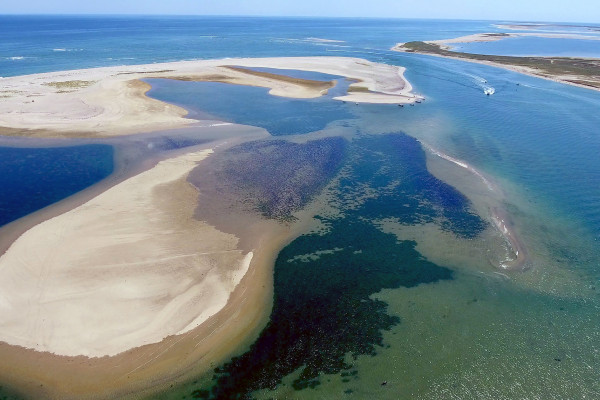
Photo Courtesy of Christopher Seufert
By John Pappalardo
If all goes well in the next month or so, and with one more push from all of us, next spring we will see the beginnings of some big changes off our coast.
The first and most obvious thing is what we won’t see: the lights of midwater trawlers, factory boats working in pairs, wiping out schools of forage fish like herring close to shore.
What we hope to see next is more subtle: the return of those schools, and then all the bigger fish that feast on plentiful herring like cod, haddock, pollock, striped bass, bluefin tuna, even some species of whale.
We aren’t going to see our near-shore immediately return to the fertility we knew in the 1990s, when huge shoals of herring coursed through, filling the water column from bottom to top. The fish have taken too hard a hit to come back that fast.
The spawning population is badly depleted and the remnants need even more protection; I hope the New England Fishery Management Council, where I have a seat, will vote to do just that. Areas of Nantucket Shoals as well as farther out, the northeast peak of Georges Bank, should be closed during spawning times.
So it’ll be two to three years before we really know if our effort is paying off – and as you’ll see in another article in this emagazine, we need to make one more push now to make sure we don’t stumble and let this opportunity slip away.
But assuming we succeed, then right away, next spring, I’ll be anxiously looking for signs that we’re already seeing benefits.
Our fishermen, commercial and well as recreational, will be the first to know, because they’ll see early subtle changes that more herring will bring.
It could be that people onshore in pretty much every Cape town, who have done so much to revive our river herring runs, will be the next to notice, because the river herring as well as their ocean cousins have consistently taken a hit from these trawlers so should start to rebound.
But there is a major difference in our near-shore ocean environment from 15 years ago that is a wild card in this: We don’t know how the booming seal population will impact our work to bring back herring.
Seals are amazing predators. They seem to be relying on sand eels, but they’ll eat any satisfying protein, including bigger forage fish and groundfish.
Their population, now pegged at something like 50,000 animals along our coast, has a big enough appetite to take a huge chunk out of a struggling population like herring. They also seem to be very disruptive to fish like cod that are being forced out of historic spawning areas, so even if the herring make it back, these groundfish might remain depleted and departed.
These are the kind of things we worry about but don’t know about – not yet.
What we do know is that the ocean has amazing power to generate and regenerate. That gives us plenty of hope that as we take this big step, and no longer break the rhythm and beat of things that have been going on for longer than any of us can imagine, life in all its complexity will come back.
And on that note, bring on the herring!
(John Pappalardo is CEO of the Cape Cod Commercial Fishermen’s Alliance)
